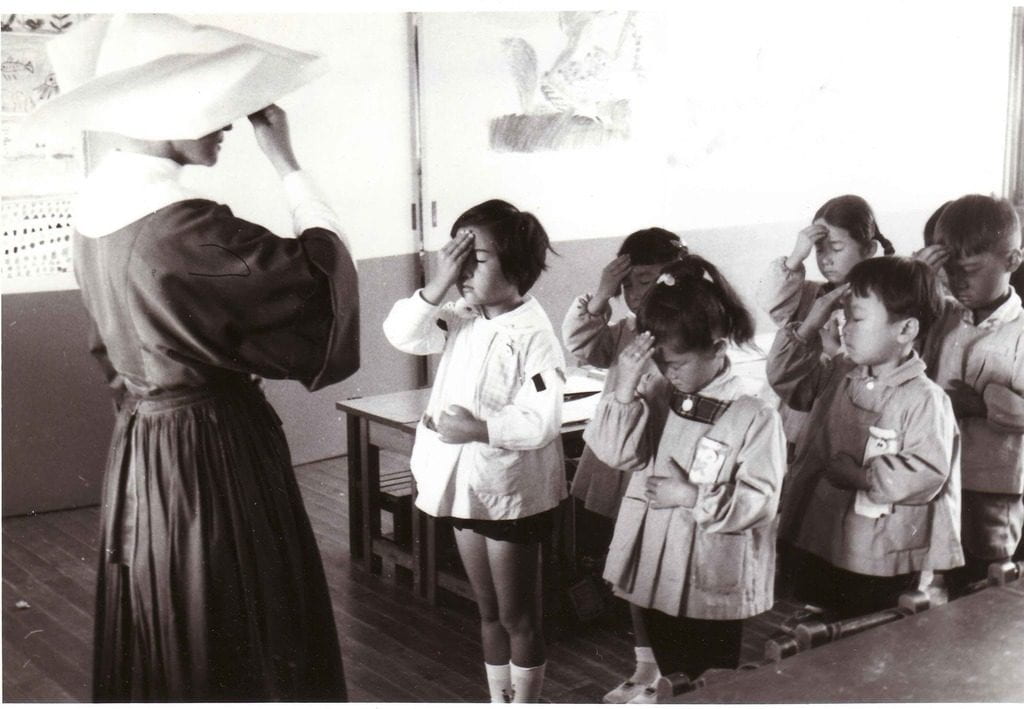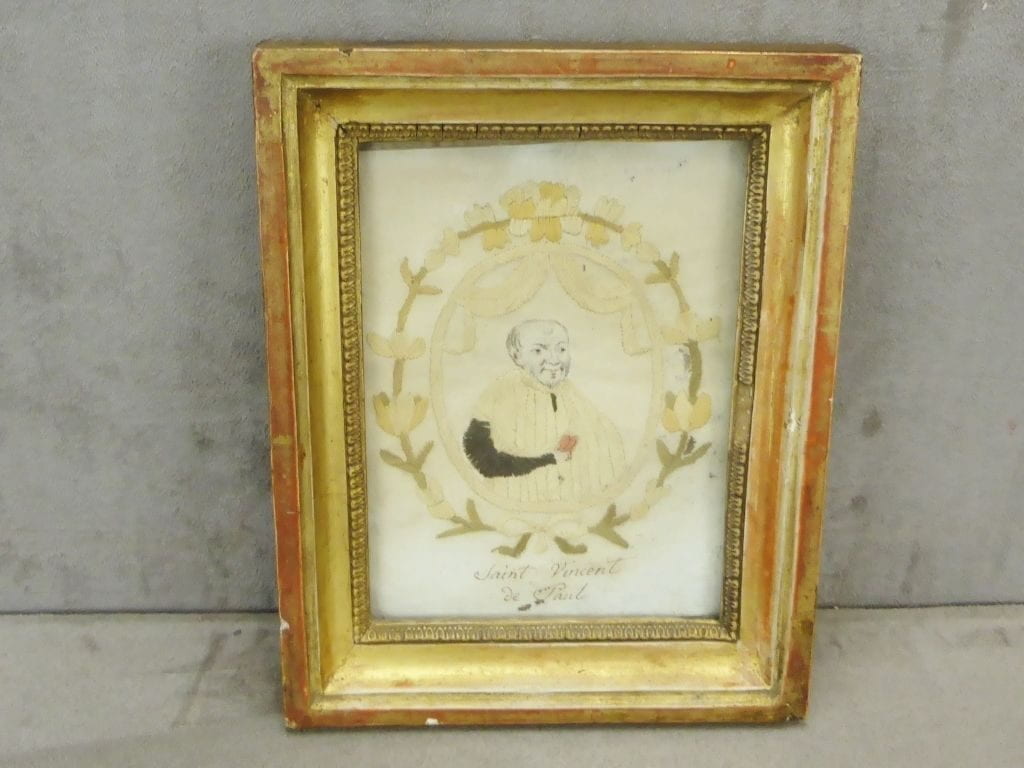Daughters of Charity’s school, Japan, Takaoka (before 1964). © Archives des Filles de la Charité, Paris.
I’m delighted to announce the publication of an edited volume of essays about the Daugthers of Charity.
More than twenty scholars have studied the history of the Sisters of St Vincent de Paul from 17th to 20th c. thanks to their archives recently opened, specially those kept at the mother house in Paris, crossed with local, private as well as public, sources.
Specialists of different fields could be interested : women and gender studies, religious history, transnational and colonial studies, nursing, history of education, spirituality, etc.
A nice iconography is also presented.
Matthieu Brejon de Lavergnée (ed.), Des Filles de la Charité aux Soeurs de Saint-Vincent-de-Paul. Quatre siècles de cornettes (XVIIe-XXe siècle), Paris, Honoré Champion, 2016.
Table of contents & more information:
http://www.honorechampion.com/fr/champion/10160-book-08533034-97827…




